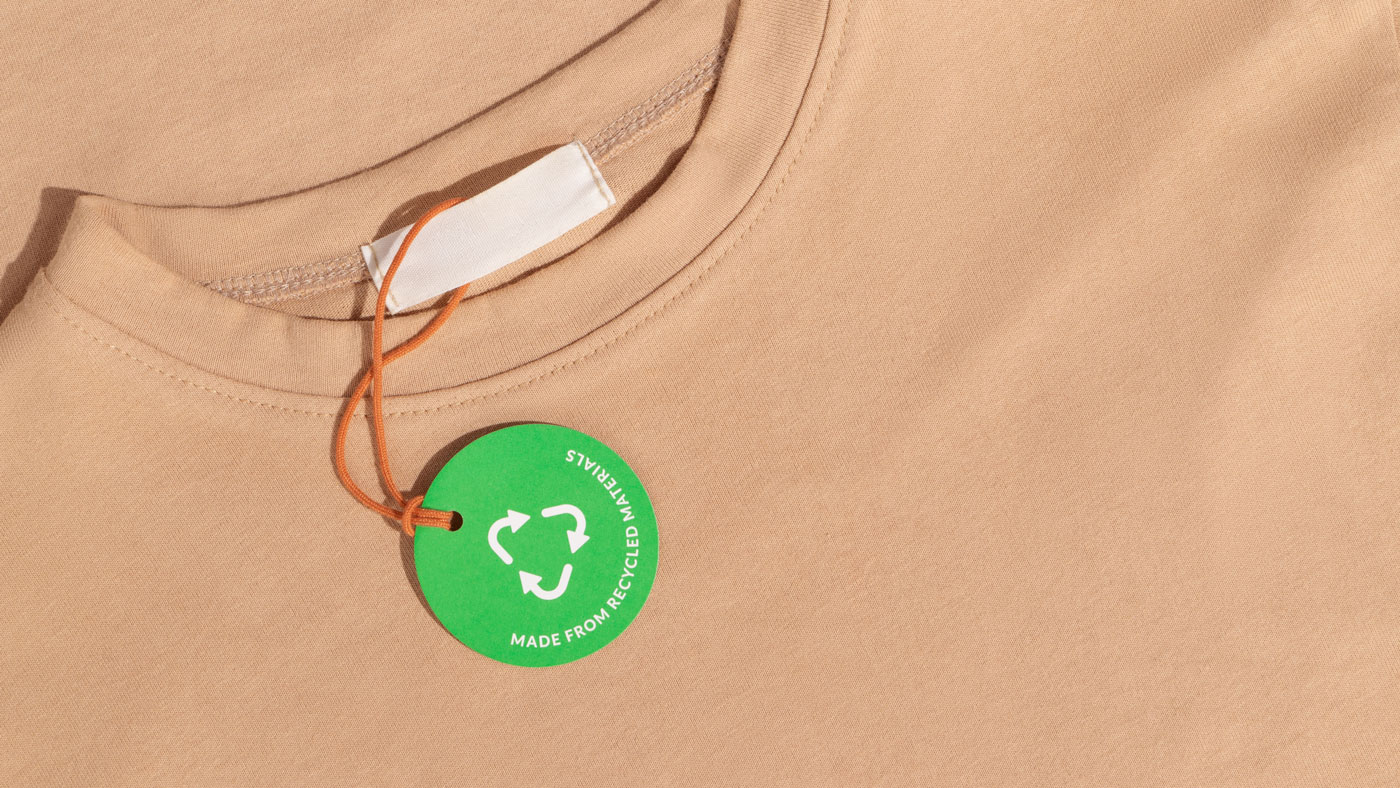We all know that marketing is critical to success in business. After all, how can someone buy your goods or services if they don’t know you exist or their first instinct is to go to a competitor?
Even in the age of technology, promotional merchandise is and will continue to be a powerful marketing medium for small, medium and large businesses.
So what makes promotional products so effective and why should they be a part of your business marketing strategy?
Here are 5 psychology theories that support why promotional products work.
The Mere Exposure Effect
Turns out there’s more to “It’ll grow on you” than first meets the eye. The mere exposure effect states that people tend to develop a preference for things simply because they are familiar with them. That new co-worker starting to not seem so bad after all? This is an example of the Mere Exposure Effect in action.
Promotional products tend to outperform other marketing channels in generating brand impressions, which makes them a strong candidate for the Mere Exposure Effect. It also supports the notion that practical products used frequently generate more impressions and perform better.
The Halo Effect
The Halo Effect is a cognitive bias where one will transfer their feelings about one attribute of a brand or person to other unrelated attributes when that information is unknown. For example, someone that is seen to be physically attractive is more likely to be perceived as having other positive traits such as being kind, intelligent and likeable.
The Halo Effect extends to other areas, including promotional merchandise. If your first interaction with a brand involves receiving a high-quality pen that’s reliable and smooth, according to the Halo Effect the positive feeling towards the pen will subconsciously extend to the brand, increasing the likelihood that you will do business with them in the future.
Law Of Reciprocity
Chances are that at one stage in your life you have purchased a product after receiving a free sample. Maybe you didn’t even like the product, but you felt that because they were kind enough to give you something for free you wanted to return the favour.
Sound familiar? You are not alone; it’s called the Law of Reciprocity, a basic law of social psychology that states we are inclined to respond to a positive action with another positive action.
So how does this apply to promotional products? Well, as promotional products are commonly given away as a gift (positive gesture) the recipient has a natural inclination to return the favour by doing business with the brand, or at the very least, taking the time to talk with a sales representative.
Loss Aversion
Human beings are hardwired to try and avoid losses. Studies have proven time and time again that we feel a loss about twice as severely as we do a gain for the same value. So how does this relate to promotional merchandise? Four words: Fear Of Missing Out (FOMO).
FOMO is a powerful nudge in marketing that can push your prospect towards your intended goal, whether that is interacting with your booth at a trade show or buying a product that includes a ‘gift with purchase’ promotional item.
Promotional products work great with FOMO because they are tangible, in limited supply and usually free.
Did you know that people tend to overvalue things they own? This is known as the endowment effect. If you want someone to value something with your logo on it, give it to them.
The Baader-Meinhof Phenomenon
You recently purchased a new car model or a particular colour car and now start to notice them everywhere, maybe even in your dreams. But why is this the case?
This concept is known as the Baader-Meinhof phenomenon, otherwise called the frequency illusion or recency illusion. It occurs when the brain is exposed to new information and starts to notice it everywhere, leading you to believe that it is happening more even if that’s not really the case.
As a brand you want your organisation to be the first thing that pops into your prospect’s mind when they are looking to make a purchasing decision. Start that by planting the seed of your logo and let the Baader-Meinhof phenomenon do the rest.


